You are here
Miscellaneous
-
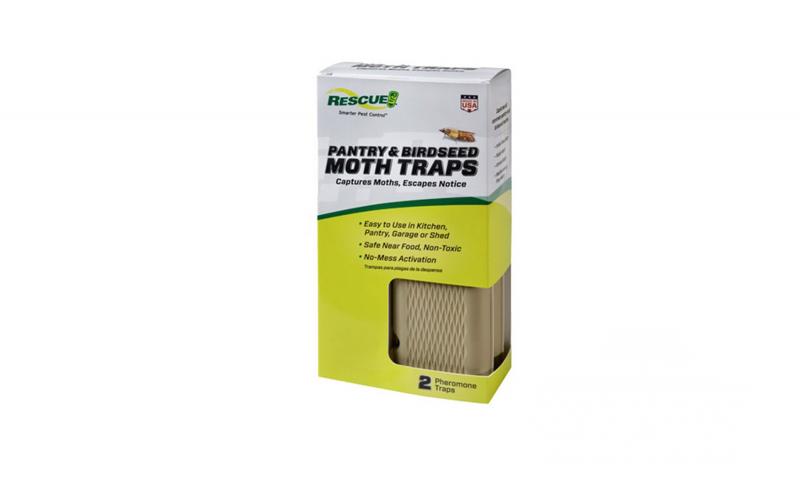
Moth Trap
-
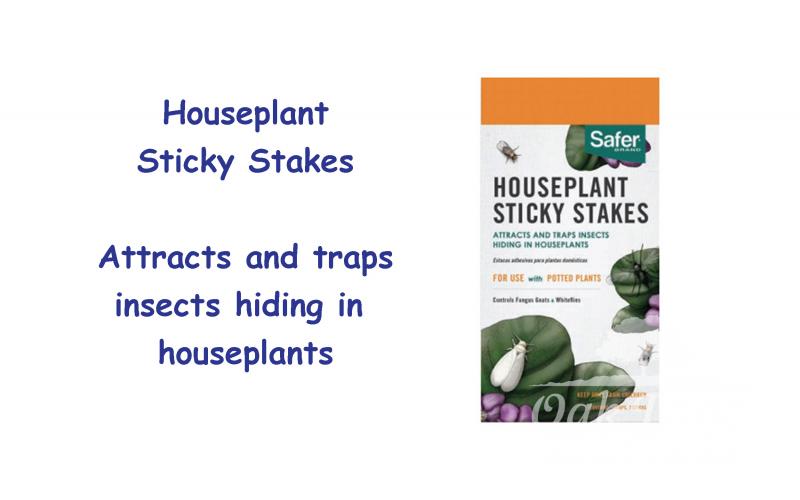
Houseplant Sticky Stakes
-
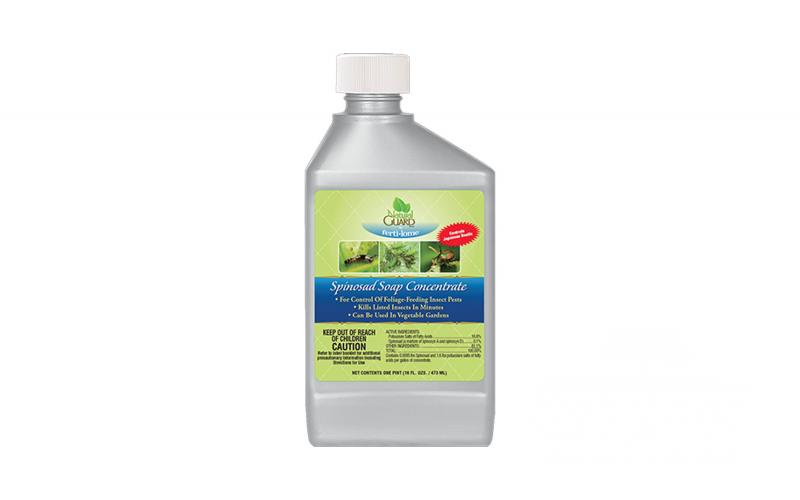
Spinosad Soap Concentrate
-
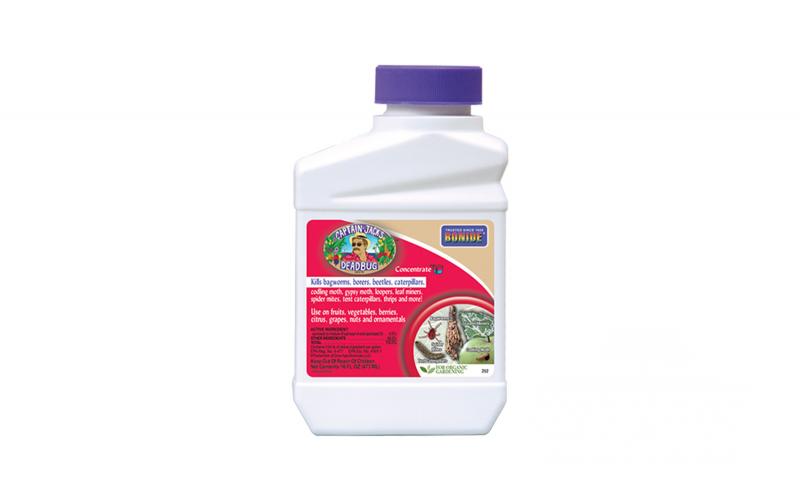
Captain Jack's Dead Bug Brew, Conc
-
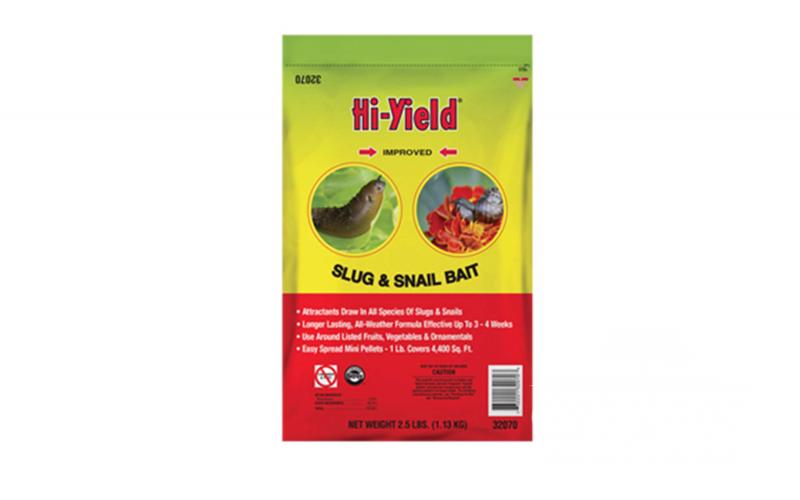
Slug & Snail Bait, 2.5#
-
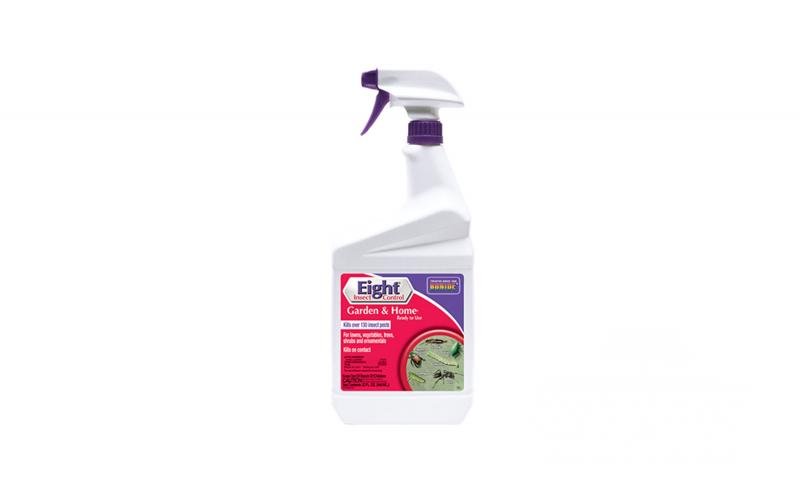
Eight, Ready-to-use, Quart
-
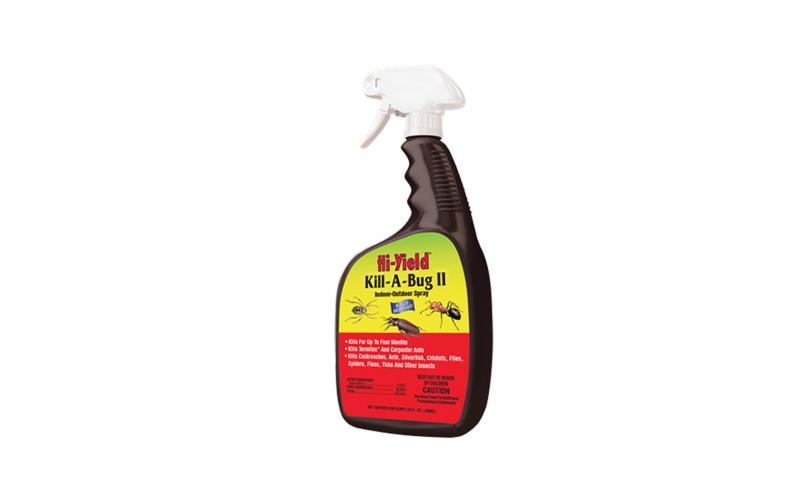
Kill-a-bug, RTU, Quart
-
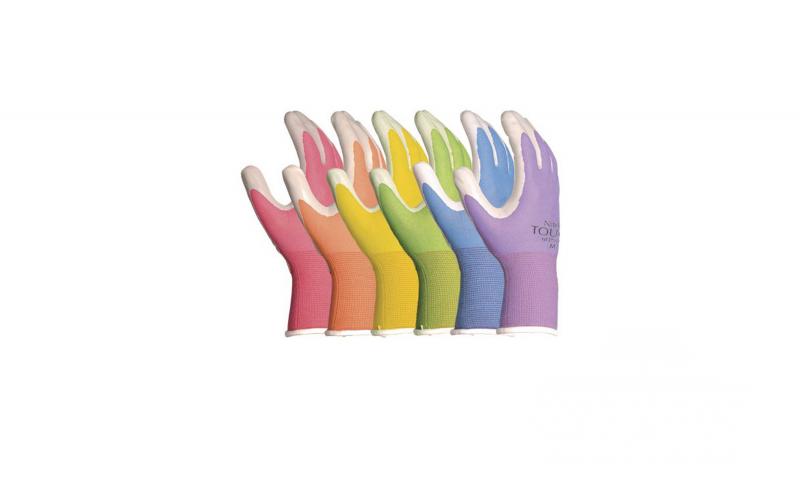
Garden Gloves - Small, Medium, and Large in Stock
-
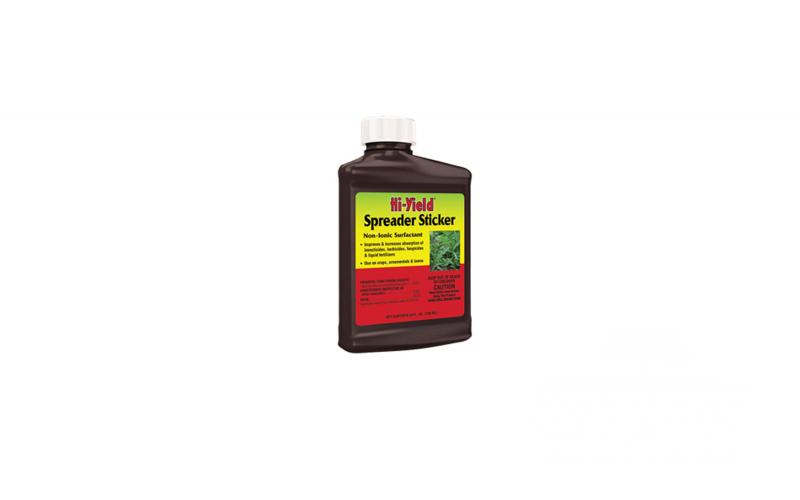
Spreader Sticker - Improves absorption in sprays and fertilizers
-
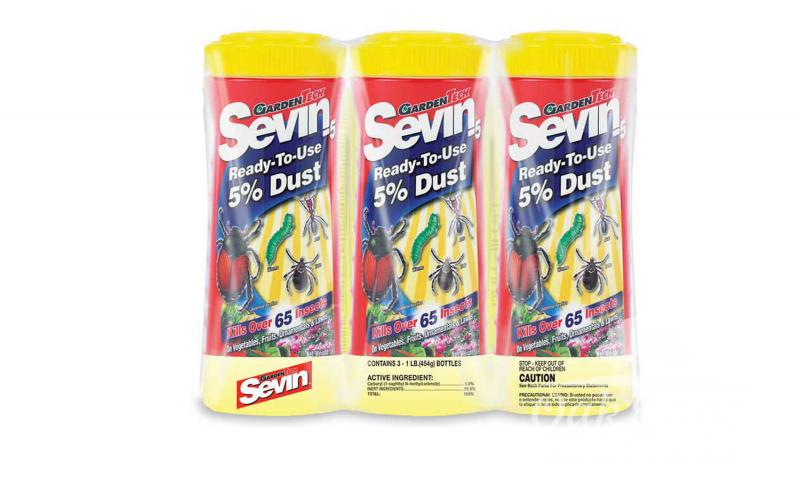
5% Sevin Dust 1 lb bottles (3 pack)
-
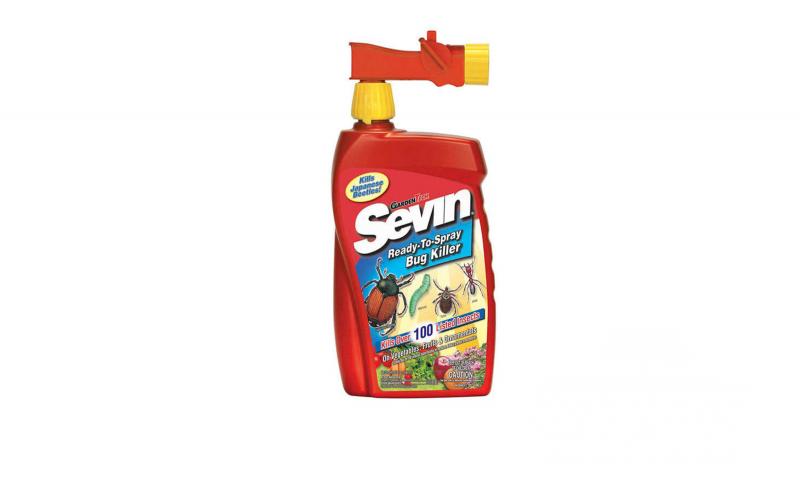
Sevin Spray Ready to Use 32 oz
-
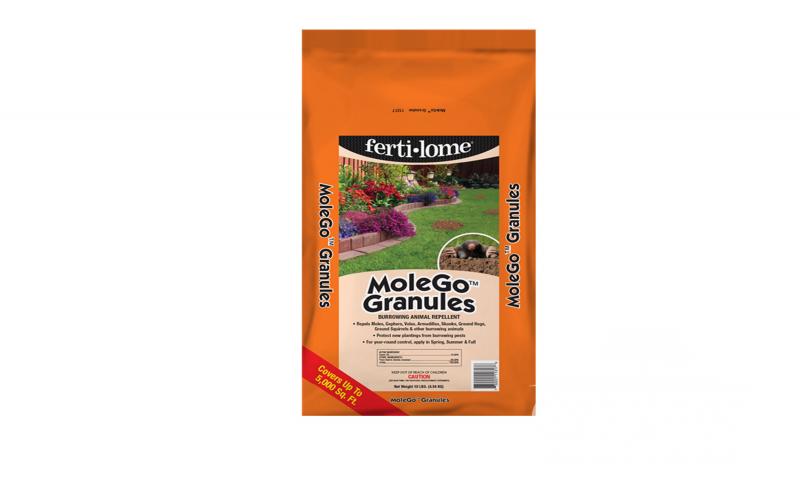
Mole Go Granules 10 lb Bag
-
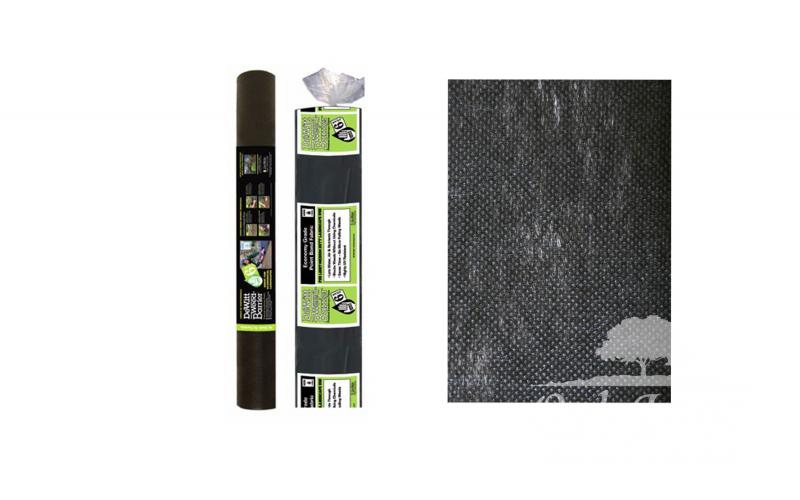
Dewitt Landscape Fabric - 6 yr - Shown with Sample
Scroll down to see descriptions of our miscellaneous products that make gardening easier!
NITRILE TOUCH GARDEN GLOVES
Best-Selling Garden Gloves!
We offer a garden glove that protects your hands from scratches when trimming roses and keeps your fingernails clean while digging in the dirt. These gloves fit like a second skin, giving your fingers the ability to perform detailed tasks. You can even plant seeds while wearing these gloves!
These nitrile touch gloves are made from a nylon-knit liner with a nitrile coating that molds to your hand. The seamless nylon-knit liner is breathable, keeping your hands a comfortable temperature. The puncture-resistant nitrile coating protects your hands from cuts and scratches. It also provides slip resistance.
Our gloves, designed from quality materials, boast comfort and durability. You can wash these gloves in the washing machine, allowing you to keep them clean and reuse them often. People not only use these gloves for gardening, but also for other jobs such as mechanics, carpentry, etc.
SEVIN READY-TO-USE 5% DUST
Are you looking for an insecticide that rids your garden and yard of pests? Sevin Ready-To-Use 5% Dust has some amazing characteristics!
Versatile. Sevin Ready-To-Use 5% Dust kills more than 65 insect pests including stink bugs, earwigs, imported cabbageworm, Japanese beetles, rose aphids, and many more!
Fast. This product needs no mixing or measuring. All you need to do is dust your plants with it!
Proven. Sevin Dust has been around for a long time, successfully killing dozens of garden bugs.
Safe. When used as the label recommends, Sevin 5% Dust is safe for people and pets.
Tips for Using Sevin Dust Safely
What should you know about applying Sevin Ready-To-Use Dust?
Sevin Ready-To-Use 5% Dust may be the quick and easy remedy you’ve been looking for to maintain beautiful, healthy flower beds and garden!
SEVIN READY-TO-SPRAY BUG KILLER
Sevin Read-To-Spray Bug Killer features a no mix, no mess bottle design. Fasten the garden hose to the bottle, and you are ready to spray those bugs right out of your garden.
How to use the Sevin Ready-To-Spray Bug Killer
This handy bug spray works for eradicating bugs in your fruit and vegetable garden, flower and ornamental garden, and lawn. It does not harm blooms on the plants and targets over 100 pests listed on the container label.
Always take precautions when handling bug spray. Pick a calm day and avoid contact with the spray. Spray when there is no rain forecasted for the next 24 hours so that the bug spray has time to do its job without getting washed away.
Keep pets and children away from the treated area until the spray has dried. And, as always, read and follow any instructions on the container diligently!
FERTILOME MOLEGO GRANULES
A maze of secret tunnels is not exciting when it’s been made by busy little rodents in your backyard…
MoleGo Granules repel moles, gophers, voles, armadillos, skunks, ground hogs, ground squirrels, and other burrowing animals from your backyard. These granules work well on lawns, golf courses, athletic fields, and ornamental turf.
MoleGo Granules contain 10% castor oil. The castor oil does not poison the rodents; it repels them from the area because the animals do not like the castor oil. These biodegradable pellets do not harm plants.
Apply MoleGo immediately after discovering the presence of a tunnel-digging animal. Reapply if you discover new mounds or tunnels. Or, you can apply the granules in early spring, mid-summer, and early fall for year-round protection.
Use one pound per 500 square feet. Water the granules into the ground to release the castor oil and help it penetrate the soil. If you are not in a hurry, you can wait for the next rainfall to water the pellets into the soil for you.
If you live in an area where snow covers the ground in winter, you may only discover the mole damage after the snow melts in the spring. To prevent mole parties all winter long, apply the granules in late fall. Wait till after mowing season is over. Spread the granules evenly over the lawn in areas that are prone to rodent damage.
Burrowing animals not only make havoc in your lawn, they also eat flower bulbs and chew on tree bark. Keep your property beautiful with MoleGo Granules!
DEWITT 6-YEAR WEED-BARRIER
Why Choose DeWitt's 6-Year Weed-Barrier?
DeWitt's Weed-Barrier, also known as landscape fabric, helps you control those annoying weeds before they have a chance to get started. Environmentally safe, this polypropylene landscape fabric consists of a laminated, spunbond fabric. This type of material gives the landscape fabric extra durability. It provides better light blockage to discourage weeds from growing beneath the weed barrier while still allowing air and water to pass through.
The DeWitt landscape fabric is treated to save it from degenerating under UV light exposure. The non-woven design prevents unraveling when you cut the fabric to fit your project.
DeWitt Weed-Barrier is rated a cut above its competitor's upper entry-level products. This 6- year fabric provides ideal short-term weed control for your annual plants. It weighs 1.5-ounces per square yard of fabric.
Oak Lane offers DeWitt Weed-Barrier in retail and bulk rolls so that you can choose the size according to the surface area of your project.
Top Uses of Landscape Fabric
Landscape fabric keeps your landscape beautiful with its many uses. When buying landscape fabric, take a look at the product label to make sure you choose the right fabric for the job.













